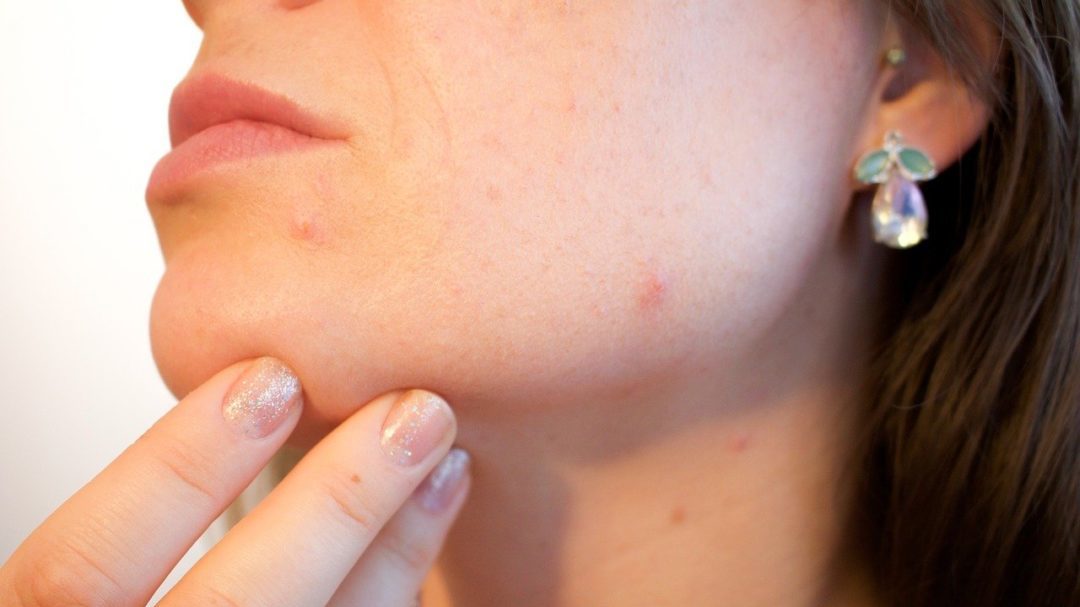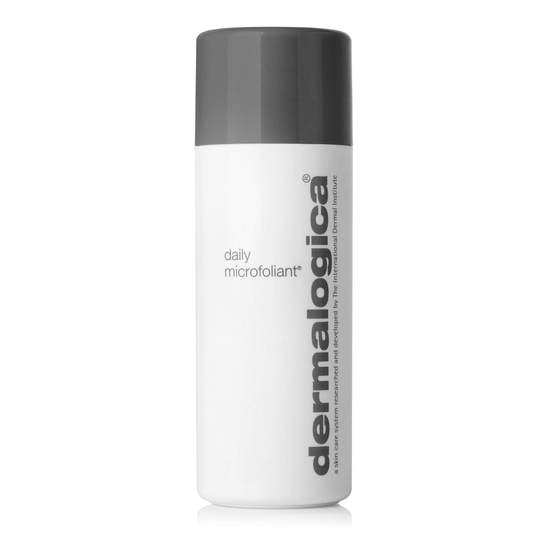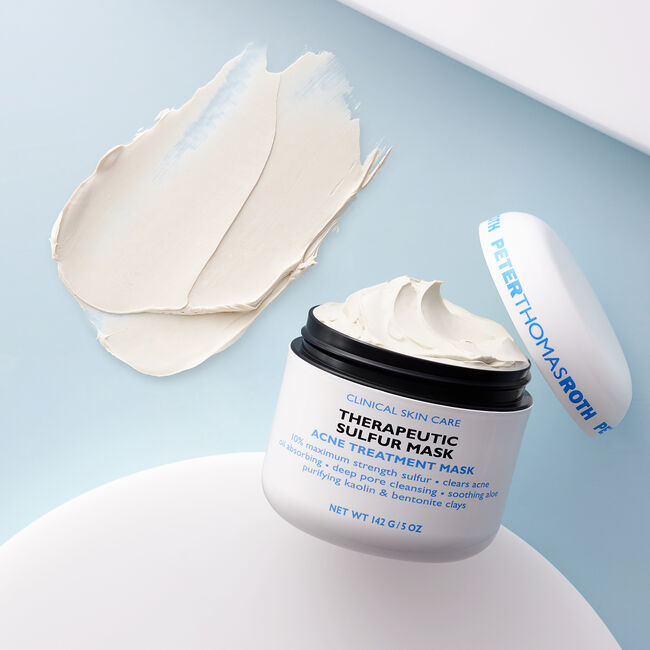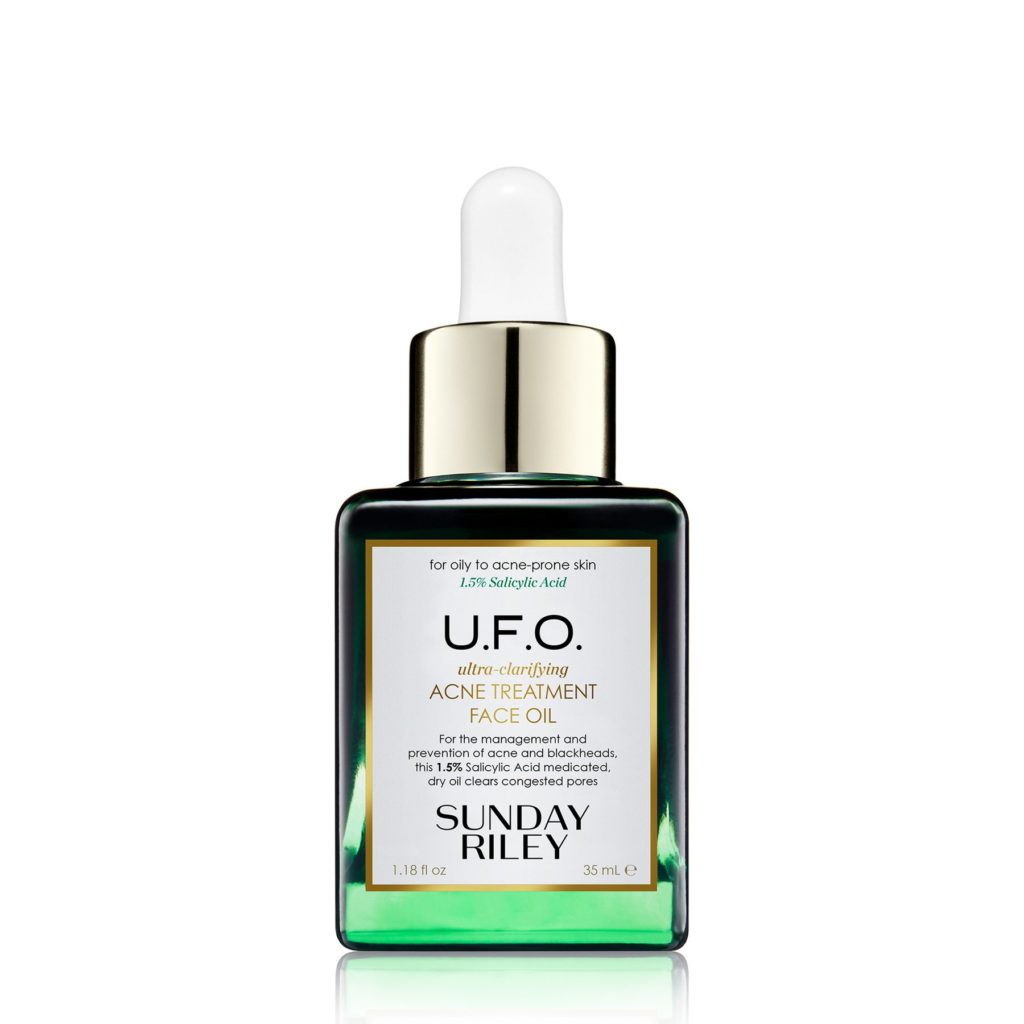Last Updated on April 23, 2022 by Ray
Let’s talk blackheads.
Part of life is about the impact we make on other people and our face is the first chance we have to make a good impression. Many people will hire a life coach just to give them the best advantage as possible. But when our complexion leaves us feeling unconfident, we are setting ourselves up for disappointment. While blackheads don’t typically cause as much pain as their angry cousin, the zit, they are still a major source of irritation and can feel like a huge eye sore. Blackheads happen to all of us, though, and nearly everyone deals with a few throughout their lifetime. They are simply an open pore that has become clogged with sebum and dead skin cells. Since the pore is open, the material that has gathered in the pore oxidizes and turns dark — a blackhead — unlike whiteheads, which stay light in color as the pore is closed.
Unlike larger zit pustules, which the body can heal naturally over time, blackheads usually will not go away without a little help from your skincare routine.
Though the Dr. Pimple Popper videos may want you to race to Amazon so you can get your own blackhead removal tools, it is important to note that doing this can be harmful to your skin. When you use outside materials, such as extractors or your hands, you can damage the area around the blackhead which can lead to hyperpigmentation, scarring, and in some cases, infection.
Do your skin a favor and be gentle! Instead of reaching for a tool and extracting them yourself, there are a few different products and methods you can add to your skincare regimen to say “bye-bye” to blackheads. Follow our guide to learn how!
Exfoliate, exfoliate, exfoliate
Although many blackheads and other types of acne can be caused by hormones, the number one culprit behind them is buildup that accumulates in your pores. The best way to slough off all the dead skin and the excess sebum that results in a pesky spot is simple: exfoliation.
Not just any exfoliating will do, though. Long gone are the days where you could just use a St. Ives scrub and call it a day — the general consensus now is that harsh physical exfoliators, like scrubs that feature walnut, can cause microabrasions in the soft, ultra-sensitive facial skin.
There are two different types of exfoliators: physical and chemical. Both can be very beneficial when it comes to getting rid of and preventing blackheads, but you should use care to not overdo it. Too much physical exfoliation, as mentioned before, can lead to microabrasions, and an excess of chemical exfoliation can leave you with extremely sensitive, chemical-burned skin — no matter your chosen method, exfoliation is best done in moderation.
Chemical exfoliators typically contain active ingredients such as AHAs, BHAs, or glycolic acid. They are great for those with acne prone skin, as physical exfoliators (especially harsher scrubs) can exacerbate skin that has already been damaged. Unfortunately, they do have a dark side — chemical exfoliation is not recommended for anyone with extremely sensitive skin or those with severe acne who may have open wounds or sores.
An example of a physical exfoliator that can clean away the grime without being too harsh is Dermalogica’s Daily Microfoliant. Unlike other skin scrubs, this product comes in a powder form. Dremalogica recommends that you use about a half-teaspoon of the Daily Microfoliant, applied to very wet hands (optimally wet from just being used to wash your face with a gentle cleanser) and rubbed together to make a creamy paste. From there, Dermalogica’s Daily Microfoliant functions just like a regular facial scrub, being gently applied to the face in circular motions.
This product stands out because it truly lives up to the “micro” in its name, tenderly exfoliating without creating undue harm to the delicate facial skin. In fact, the Dermalogica Daily Microfoliant is gentle enough that it can be used every day (depending on your skin’s needs, of course) making it a great option for those who want to exfoliate without diving into the uncharted territory of chemical exfoliation.
Follow up with a face mask to boost your blackhead removal routine.
Dealing with blackheads can make you feel rather un-glamorous. Luckily, you can incorporate face masks into your skincare regimen that feel luxurious and can help clear your clogged pores.
Just like anything else, not all face masks are created equal, so you will want to choose a formula that is designed to deeply-clean pores without risking your hard-earned moisture barrier.
The Therapeutic Sulfur Mask by facial mask legend Peter Thomas Roth is by far one of the best on the market. Made with 10 percent sulfur and both Kaolin and Bentonite clay, this mask gently exfoliates and soaks up all the excess oil and sebum that leads to unsightly blackheads. Plus, wearing it feels like a day at the spa!
Use a serum that is specifically designed to clear and prevent blackheads.
Trying to keep your skin clean and exfoliating is great, but neither of these approaches alone do much to target and clear blackheads.
After exfoliating and a quality face mask, follow up with a serum or oil that has blackhead-busting ingredients, such as retinoids, vitamin C, benzoyl peroxide, or salicylic acid. All of these ingredients are proven performers when it comes to clearing acne, making blackhead removal a breeze.
Our favorite is Sunday Riley’s U.F.O Ultra-Clarifying Acne Treatment Face Oil which uses 1.5 percent salicylic acid and tea tree and black cumin seed oil to keep your pores clean. While other blackhead treatments may leave your facial skin feeling tender or dry, Sunday Riley’s U.F.O. Oil features cucumber, pomegranate, cranberry, and flaxseed oil to ensure that your skin is both hydrated and medicated. It also uses licorice and hexylresorcinol to lighten and brighten any dark spots or acne scars you may already have — a two-for-one!
If you’re struggling with blackheads, just remember — we all get them! With a few tweaks to your skincare routine, including exfoliation, serums, and relaxing face masks, you will be blackhead free in no time.
What to Avoid When Trying to Eliminate Blackheads
If you are dealing with blackheads, there’s no doubt you want to eliminate them as soon as possible. You may be willing to take “extreme” measures to achieve the blemish-free skin you desire. However, some tactics may cause more harm than good. Knowing these will help you avoid causing more damage and issues to your skin.
When trying to eliminate blackheads, it may be tempting to use harsh scrubs to “slough” away all the dead skin. While some chemical exfoliators can be beneficial, make sure you don’t over-exfoliate using a granule scrub. While it’s satisfying to feel the grit against your face, you can cause more problems. This scrub can strip the natural oils in your skin, leading to more oil.
It’s also best to avoid trying to squeeze the blackheads. Doing this may cause the follicle to rupture, creating a cyst or inflammatory lesion. If you are squeezing your blackheads, you may create a more serious skin condition.
Try to avoid using a “suction” tool too. Modern tech promises that it can effectively suck the sebum from your pores. While this may sound appealing, the products can do more harm than good. In fact, the suction created by these devices can cause damage to your skin and even result in telangiectasis, which is broken blood vessels. These are particularly common if you use these suction tools close to your nose.
If you want to eliminate blackheads but avoid more damage, make sure to avoid these removal methods.



